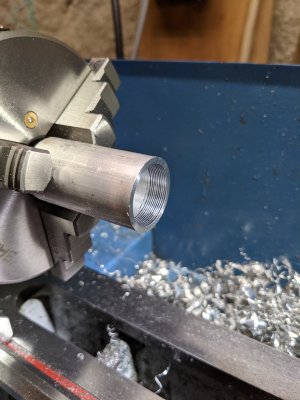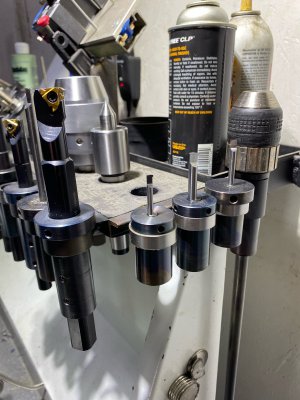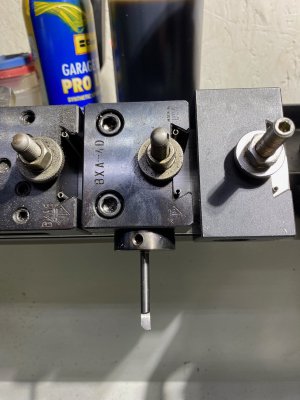- Joined
- Dec 18, 2019
- Messages
- 6,463
I agree. Don't have a grinder that can do this right now. I have a belt grinder with a rest. I've done lathe tooling with it. Also have a horrible pedestal grinder with tin foil rests. The horrible grinder has nothing solid to bolt to for a rest. The shields are made of thin sheet metal, rather than being cast. Hard to adapt. Sure I could make it work, but I think making a little boring bar like @Larry$ is a much easier task. I can grind the tooling on my belt grinder.This just is calling out for high speed steel hand ground tool bit. For a few dollar piece of steel and a little time on a grinder you can have something that will work for a one off item. I have even taken a broken tap and ground one down so the remaining tooth is the cutting bit. Cost is little and I learned some along the way.




